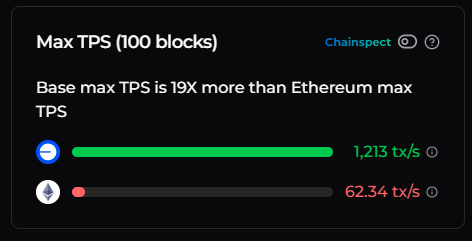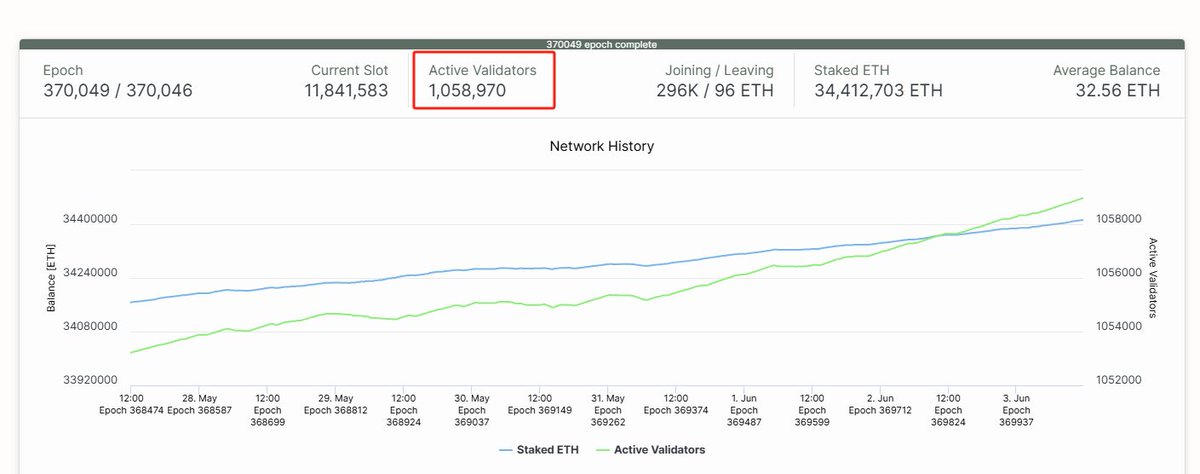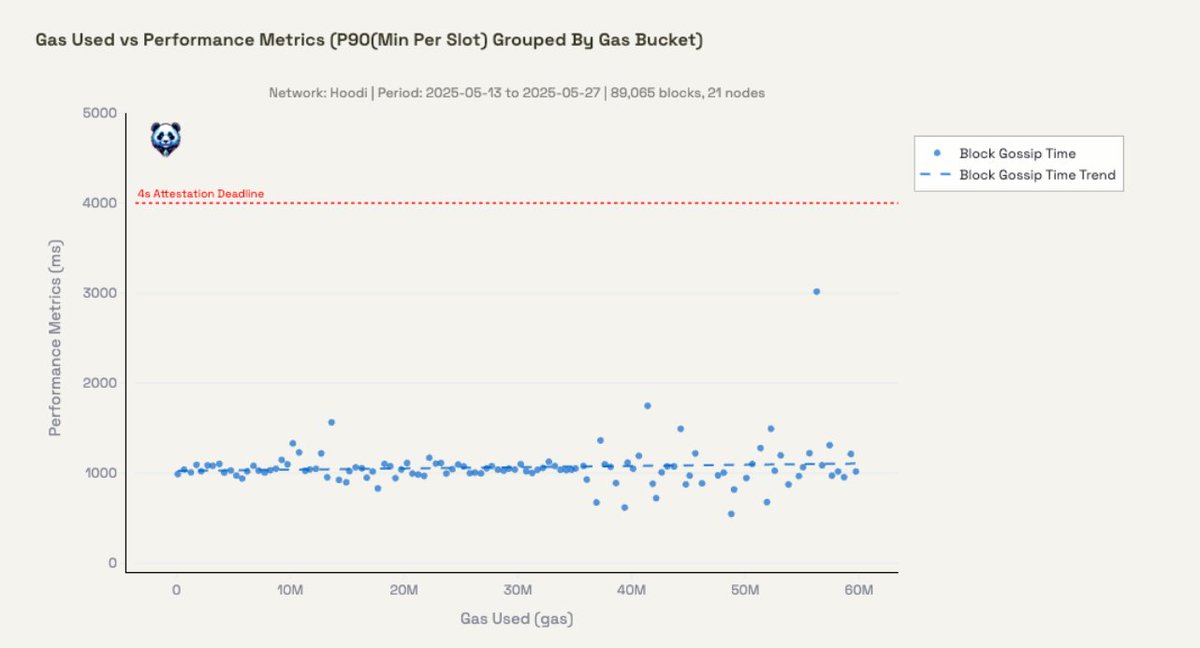Ethereum proposes to raise Gas Limit to 60 million again, and the expansion path becomes clearer
In the past, many people still had the impression that ETH's TPS (transfers per second) was "15 transactions per second". However, with the continuous protocol optimization, Ethereum's current TPS peak has increased to about 60, an increase of 4 times.

Although this change is related to continuous optimization over the years, the most direct reason is *due to* the simple and effective adjustment of the GAS Limit from the previous upper limit of 15 million to 36 million.
Recently, ETH is about to increase the GAS Limit again to 60 million.
What is GAS Limit?
Each of us who uses ETH needs to pay Gas as a transaction fee. Gas Limit, as the name implies, is the upper limit of Gas that each block can accommodate. The higher this limit, the more transactions the block can handle, and the faster the network will be.
Among the many expansion paths, increasing the Gas Limit can be said to be the most immediate way.
More importantly, this adjustment does not require a hard fork, because the Gas Limit is a dynamic parameter in Ethereum, and PoS nodes can make fine adjustments under the existing protocol rules.
In other words, the protocol itself allows the producer of each new block to adjust the Gas Limit within the range of ± 1/1024 compared to the parent block, which is part of the consensus mechanism. This is also completely different from Bitcoin's mechanism of fixing the block size to 1 MB.
Therefore, increasing the Gas Limit does not require system upgrades or code modifications. As long as the PoS nodes continue to "signal" support when producing blocks, the network can gradually adopt this change. Currently, there are more than 1 million validators in the entire Ethereum network. As long as a certain support ratio is reached, the network will automatically transition to the new Gas limit and ensure the compatibility of all nodes.
So far, about 15% of validators have chosen to support the 60 million Gas setting. Ebunker has also participated in the support. As a non-custodial node service provider, we always pay attention to the balance between Ethereum network performance and decentralization. Since this is a voluntary process, there are still a considerable number of nodes that maintain the old version (such as 30 million) configuration.

Increasing the Gas Limit does not mean that PoS nodes can make more money. In fact, they are likely to make less money.
Since the launch of EIP-1559, Ethereum's Base Fee will be directly destroyed, and validators can only earn tips actively added by users. Once the Gas Limit is increased, it means that the processing capacity of the entire network is enhanced, transaction congestion is reduced, the pressure of competing for tips is also reduced, and the amount of tips will naturally decrease. Therefore, to some extent, the increase in Gas Limit will reduce the income of validators, and the destruction of ETH will further increase.
Therefore, under such an incentive mechanism, validators who still choose to support the 60 million Gas Limit can be said to be selfless.
In addition, the community recently proposed a controversial proposal, EIP-9698. The proposal suggests increasing the Gas Limit from 36 million to 3.6 billion in the next four years, with the goal of increasing Ethereum's TPS to about 2,000, directly targeting the current high-performance chain Solana. However, this idea is obviously a bit radical.
In theory, as long as the hardware performance of the node is strong enough, the Gas Limit can indeed be continuously adjusted upwards. But the reality is that the Ethereum network has more than 1 million active validators and needs to take into account a wide range of participants. The number of validators on some other high-performance public chains is only in the hundreds, and the gap between the two is as high as 10,000 times.

Even the proposal to increase the Gas Limit from 36 million to 60 million in this round was only able to enter the network adjustment rhythm after the Pectra upgrade brought execution load optimization.
According to ethpandaops's research, after the Gas Limit was increased to 60 million, about 90% of the blocks could be discovered for the first time within 1016 milliseconds. Compared with before, the block propagation delay increased slightly, but it is still within an acceptable range .

However, 66% of the nodes in the Ethereum network need to receive the block and its accompanying blob data in full within 4 seconds to ensure that the block is considered valid. Based on this propagation limitation, the theoretical upper limit of the Gas Limit calculated by the test network is about 150 million. Therefore, under the current architecture, the vision of EIP-9698 is difficult to implement in the short term .
Of course, if Ethereum implements a "big node/small node" architecture in the future, for example, allowing nodes with 2048 ETH staked to handle higher loads and 32 ETH nodes to handle smaller blocks, it may open up new space for further expansion.
Therefore, although everyone often jokes that ETH Gas Price continues to hit new lows and the "Noble Chain" no longer exists, this may not be just due to market changes, but Ethereum itself is indeed becoming faster, more efficient, and more user-friendly .
Ebunker official website: https://www.ebunker.io
For more discussion, please join: https://t.me/ebunkerio
Ebunker Twitter: https://twitter.com/ebunker_eth



